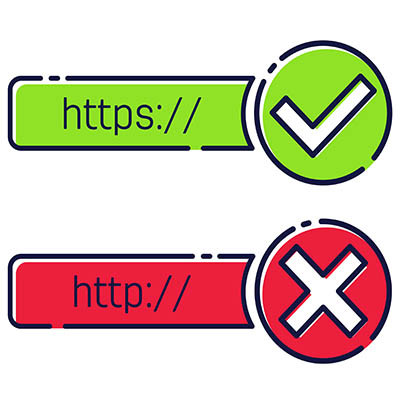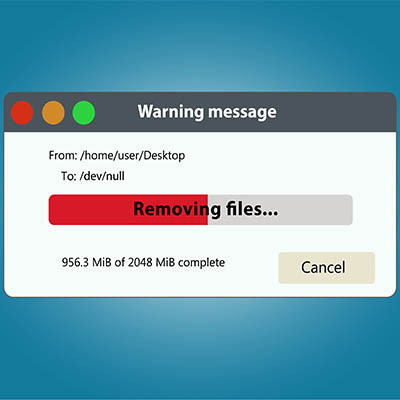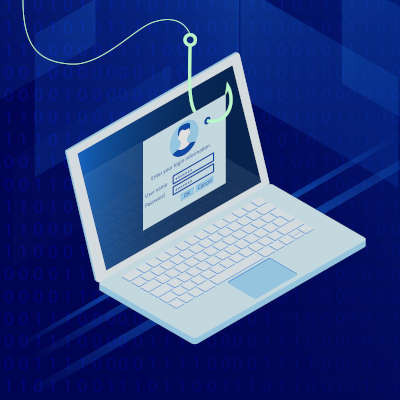Cyberthreats aren’t just occasional inconveniences, especially nowadays. They are constant, evolving, and some are so highly sophisticated that you can hardly blame yourself if you fall victim to them. This is why proactivity is so important. Businesses that take a reactive approach to cybersecurity find themselves in a never-ending cycle of damage control. Without a purposeful cybersecurity strategy, any organization faces recurring breaches, data loss, and ultimately a situation where customer distrust can result in the company's financial ruin. This month, we thought we would take a look at why having a comprehensive cybersecurity strategy that addresses these risks is so critical for the modern business to accomplish.
NetWorthy Systems Blog
For businesses, one of the scariest threats out there is that of compliance fines for not holding up your end of the bargain with your customers’ data. But what goes into compliance, and what does it look like? We won’t be digging into the nitty-gritty of what these specific regulations require; rather, we’re performing a broad analysis of what businesses should be doing to ensure compliance, regardless of the protocol or the industry.
We’ve all been in a place where the storage on our computer fills up a little too quickly for our liking. While you could delete or store unused files in the cloud, there is another method that you can use to quickly free up a little extra space that you might not have realized is there. If you can delete temporary files, you might find that you suddenly have a lot more storage space to play around with on your computer.
While the right IT solutions can be a major benefit to your business and its processes, this will only be the case if your team members are trained to use them correctly. Let’s go over some of the training that you need to prioritize in order to ensure your team is ready to use your technology the way it should be used.
Your business’ technology is the best tool for its success… or it can be, at least. In order for you to see the kind of value from your tech that you’d expect of it, you need to approach it by making good decisions. We wanted to go over a few ways not to do so, to help you avoid undesirable situations.
It is a well-known and unfortunate fact that technology does not last forever, and in today’s era of upgrades, no time has this been more true than in the modern day. Therefore, it makes sense for businesses to have a plan in place for when it does come time to replace older devices. This, of course, involves the proper disposal of connected devices, a practice that could very easily be done in a way that is both destructive to the environment and devastating for data privacy if done improperly. We’re here to make sure this doesn’t happen.
Have you ever wondered what would happen if we reduced the number of hours in the work week or shaved off an hour here or there during the workday? The discussion of a reduced or shorter work week is a common topic in productivity circles, but a new study performed by Iceland has created even more buzz with its astounding results.
Cybersecurity is one of those components to an IT strategy that is absolutely critical; you cannot ignore it in today’s age of ransomware and other high-profile hacks. In order to make sure that you are prepared to handle anything that comes your way, you must periodically test your security practices and assess how well your team can prepare for attacks. The question remains as to how often you should do this.
The office environment has changed a lot over the years with technology being the impetus for such change. In your years doing business, how much has changed? How much of that change was driven by technology? Many of the traditional conventions of conducting business have been changed for the better as a result of these technological developments; here are just a few of them.
While spam filtering can be great for your business’ own defenses, the spam filtering that your contacts have in place could very well keep your messages from reaching them. This simply will not do. Let’s go over a few ways that you can help prevent your emails from being caught up in these filters before your contacts or prospects can read them.
HIPAA—the Health Insurance Portability and Accountability Act—is a serious concern for all healthcare providers that operate within the United States, and for good reason! Since August 1996, HIPAA has mandated that these healthcare providers comply with various best practices. While HIPAA is relatively familiar to many people for assorted reasons, fewer know about HITRUST (the Health Information Trust Alliance) and how these acronyms ultimately cooperate with one another.
Few things are scarier for a modern business to consider than the idea that they will be hacked, regardless of that business’ size or industry. After all, hacking can, will, and does cause significant damage across basically all aspects of your organization. This is precisely why it is so important that—should a business be hacked—the proper steps are taken in response.
Some people may say that operational efficiency and productivity are only measures of how well managers are able to manage. Make no mistake about it, productivity is important to workers, too. When COVID-19 spurred lawmakers to create stay-at-home orders in March of 2020, the fear was that productivity would decrease so much that it would destroy society. This obviously didn’t happen, but there has been some ebb and flow of the productivity metrics since the beginning of the pandemic. Let’s take a look at productivity during COVID-19.
Seeing as technology is a critical component of most business processes nowadays, it is effectively guaranteed that it will benefit your operations to abide by a few particular best practices. Let’s review these practices now so you can move forward and use your technology to its highest capabilities.
If there is one thing that you could take away from our blog it is that data backup is an integral part of any business continuity strategy. Unfortunately, there are so many different parts to it that it’s not surprising some data could slip through the cracks if not maintained properly. If you’re not actively taking measures to keep disasters from derailing your business’ progress, you stand to lose more than some data. Let’s take a look at some of the critical parts of a data backup and disaster recovery process and why it is essential to give them a test regularly.
While it initially sounds promising to hear that the number of data breaches seen last year went down significantly, it is important to recognize that the number of data records leaked as a result more than doubled. One clear cause was the resurgence in the use of the underhanded malware variety known as ransomware. With this suggesting an increased threat of ransomware incoming, can you confidently say that your business’ team is ready to deal with it?




















